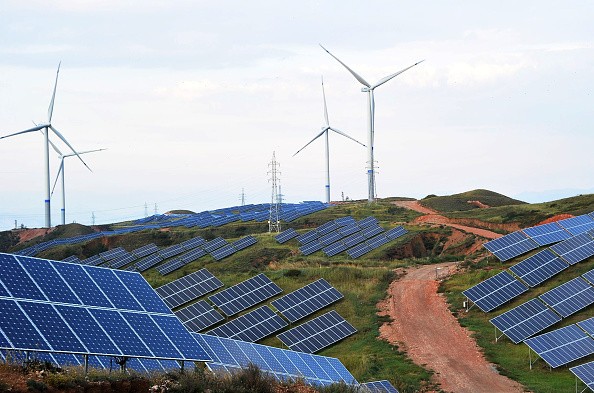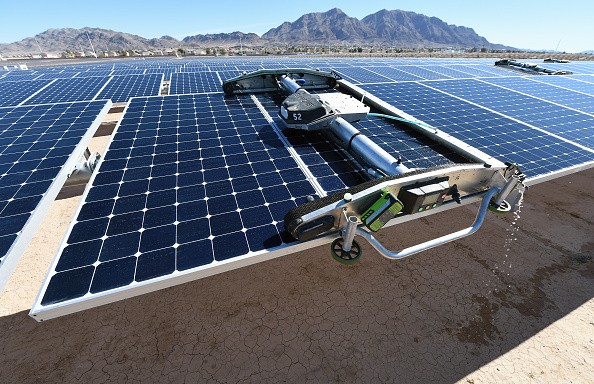In 2020 the world's renewable energy capacity jumped 45% to 280 gigawatts in spite of the pandemic, part of "an unusual boom" in solar and wind energy, as stated by a new report from the International Energy Agency. It has been the highest annual rise since 1999.

Renewable Energy
The report states: "A remarkable 90% increase in global wind capacity additions caused the expansion," It also cites a 23% increase in new solar power installations. Renewable power in 2020 was "the only source of energy for which demand was increased ... while there was a decrease in all other fuel consumption," says the IEA, whose goal is to make the energy supply in the world more affordable and sustainable, and reliable.
The IEA projects large capacity increase in renewable energy will turn into the 2021 and 2022 "new normal", with rises similar to the record total of 2020. The report states that an unusual amount of renewable power in the fourth quarter of 2020 appeared online. Just China added over 92 gigawatts of capacity - over triple the amount it added in 2019's fourth quarter.
The U.S. added about 19 gigawatts, a sharp gain more than the 13.7 it added in similar quarter of the past year. In spite of the gains accompanied by renewable energy, scientists warn that a "substantial gap" continues between discharges from persisted fossil fuel use and the decreased levels required to catch up with Paris Agreement temperature limits on climate change when the decade is about to end.
Greenhouse Gas Emissions
On Tuesday, IEA head Fatih Birol said: "An enormous expansion of clean electricity is important so the world can reach its net zero goals," appealing to governments to build on the past year's momentum to make more investments in wind, solar, and other renewables, along with boosting their electrical grid infrastructures.
A major source of greenhouse gas emissions that make a contribution to global climate change, Global coal consumption of coal, in 2020 declined by 4% - the highest drop since World War II, this was said earlier this year by the IEA. But since late last year demand has been building anew, inspired by Asia's economies that were part of the first to start recovering from the COVID-19 pandemic.

Green Energy
Another factor: even as China made an investment in "green" energy, the country also kept building new coal power plants. China is accountable for about a third of the annual coal consumption in the world - and in 2021 it's anticipated to reach a new record high, said the IEA in April.
The U.S. depends on coal-fired power plants for around 20% of its electricity-producing capacity, as stated by the federal Energy Information Administration, naming figures from the end of 2020. The biggest share of the country's power is from natural gas-fired plants, which is responsible for 43% of U.S. capacity, the agency disclosed.
Related Article : Electricity: Alternative Renewable Sources Beat Fossil Fuels for First Time in History
For more news, updates about renewable energy and similar topics don't forget to follow Nature World News!
© 2025 NatureWorldNews.com All rights reserved. Do not reproduce without permission.





